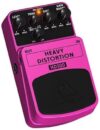
Original price was: £29.00.£25.00Current price is: £25.00.
Behringer HD300 Heavy Distortion Pedal Price comparison
Behringer HD300 Heavy Distortion Pedal Price History
Behringer HD300 Heavy Distortion Pedal Description
Behringer HD300 Heavy Distortion Pedal: Unleash Your Sound
The Behringer HD300 Heavy Distortion Pedal is a guitar effects pedal designed for those who crave powerful, gritty tones. Whether you’re a seasoned musician or an enthusiastic beginner, this pedal delivers an incredible distortion effect that can elevate your guitar playing experience. With features tailored for versatility and creativity, it’s no wonder the HD300 is a preferred choice among guitarists. Let’s explore its standout attributes, and how it compares in price with similar products on the market.
Main Features of the Behringer HD300 Heavy Distortion Pedal
- High-Quality Distortion: The HD300 offers an extensive range of distortion effects, allowing you to find the perfect tone for any genre. From classic rock to heavy metal, this pedal meets all your tonal needs.
- Robust Build: Made from durable metal, the pedal is designed to withstand the rigors of live performances and studio sessions, ensuring longevity and reliability.
- Easy Controls: Featuring a simple layout with just a few knobs, this pedal allows for quick adjustments while playing. Control your level, tone, and distortion effortlessly.
- Compact Size: Measuring 2.76 x 2.13 x 4.84 inches and weighing only 11.7 ounces, this pedal fits seamlessly onto any pedalboard and is portable enough for on-the-go musicians.
- Power Options: The HD300 can be powered via corded electric for studio use or by a single 9V battery, making it versatile for both home and stage setups.
- Analog Signal Formatting: The analog signal format ensures rich, warm tonal qualities often sought after by discerning musicians.
Comparison of Prices Across Different Suppliers
When searching for the best price for the Behringer HD300 Heavy Distortion Pedal, you’ll find competitive options across various suppliers. Prices typically range between $50 and $80, allowing for budget-conscious musicians to find a deal that suits them. Whether you’re checking online retailers or music stores, it’s wise to compare prices to ensure you’re getting the best value for your investment. The HD300 has maintained steady pricing, and it has seen minimal fluctuation over the past six months, as indicated by our 6-month price history chart that tracks supplier pricing trends.
Insights from Customer Reviews
Customer feedback on the Behringer HD300 is largely positive. Many users appreciate the rich distortion and versatility this pedal offers. Musicians frequently commend its affordability without compromising quality. Customers have reported that it excels in various settings, from live gigs to recording sessions. Some notable pros from reviews include:
- Exceptional performance at an affordable price point.
- Portable and lightweight, easy to transport.
- Robust construction withstands heavy use.
However, a few users have noted drawbacks. Some found that certain tonal adjustments may take time to master, especially for less experienced players. Additionally, a minority suggested that in extreme settings, the pedal could produce a bit of muddiness, particularly with heavy gain. Overall, the Behringer HD300 remains favored for its balance of quality and price.
Related Unboxing and Review Videos
For those who are still on the fence about purchasing the Behringer HD300 Heavy Distortion Pedal, we recommend checking out various YouTube review and unboxing videos. These videos provide a visual perspective on the pedal’s functionality, sound quality, and how it stacks up against competitors. Many experienced guitarists share their insights, helping you understand the pedal’s operation and best practices for use. Exploring these resources can offer additional clarity and assurance in your decision-making process.
In summary, the Behringer HD300 Heavy Distortion Pedal stands out as an affordable yet high-quality option for those seeking to enrich their guitar sound. With its robust build, user-friendly controls, and versatility across genres, it’s an excellent addition to any musician’s gear collection. Don’t forget to leverage our price comparison tool to find the best deals available. Compare prices now!
Behringer HD300 Heavy Distortion Pedal Specification
Specification: Behringer HD300 Heavy Distortion Pedal
|
Behringer HD300 Heavy Distortion Pedal Reviews (13)
13 reviews for Behringer HD300 Heavy Distortion Pedal
Only logged in customers who have purchased this product may leave a review.


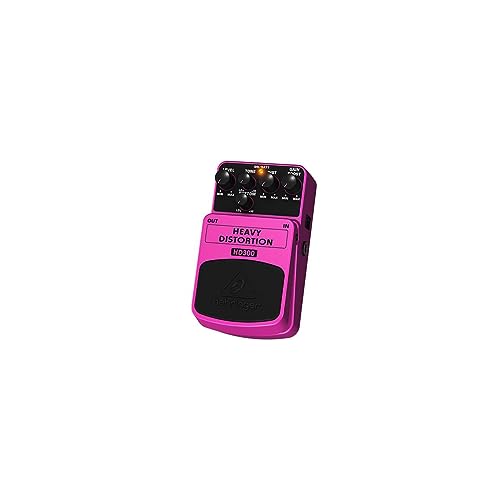
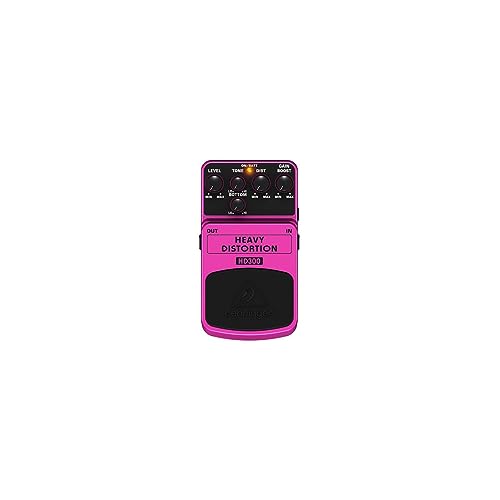
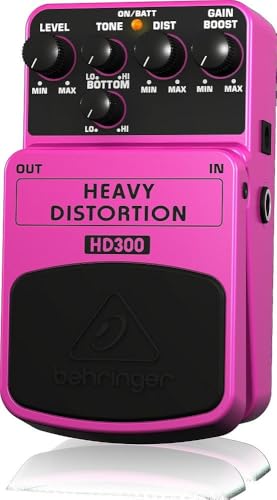
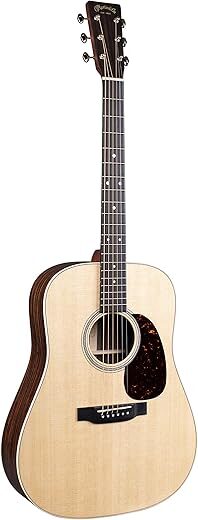
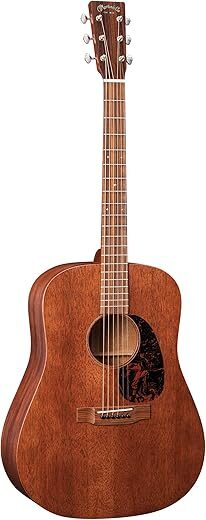
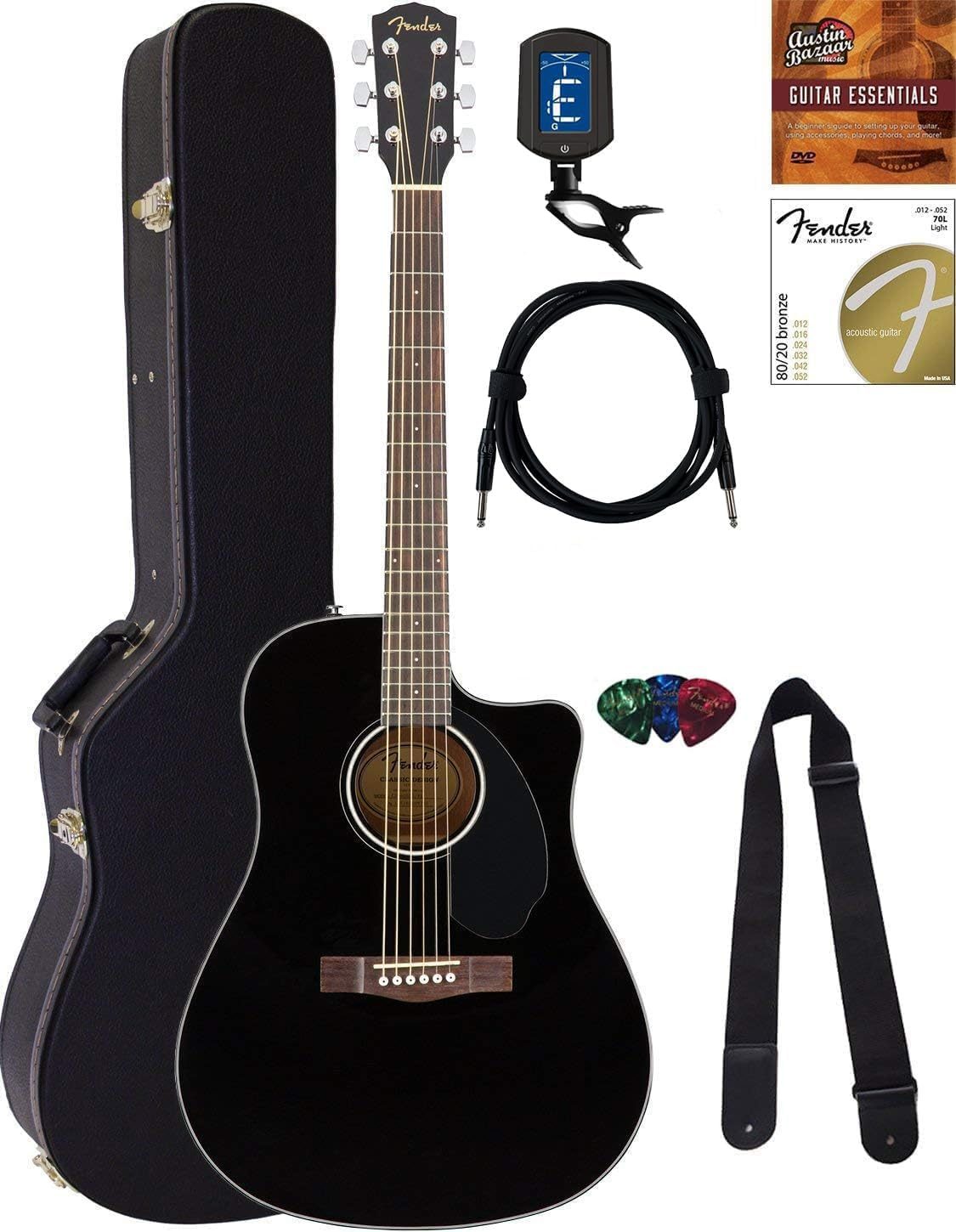
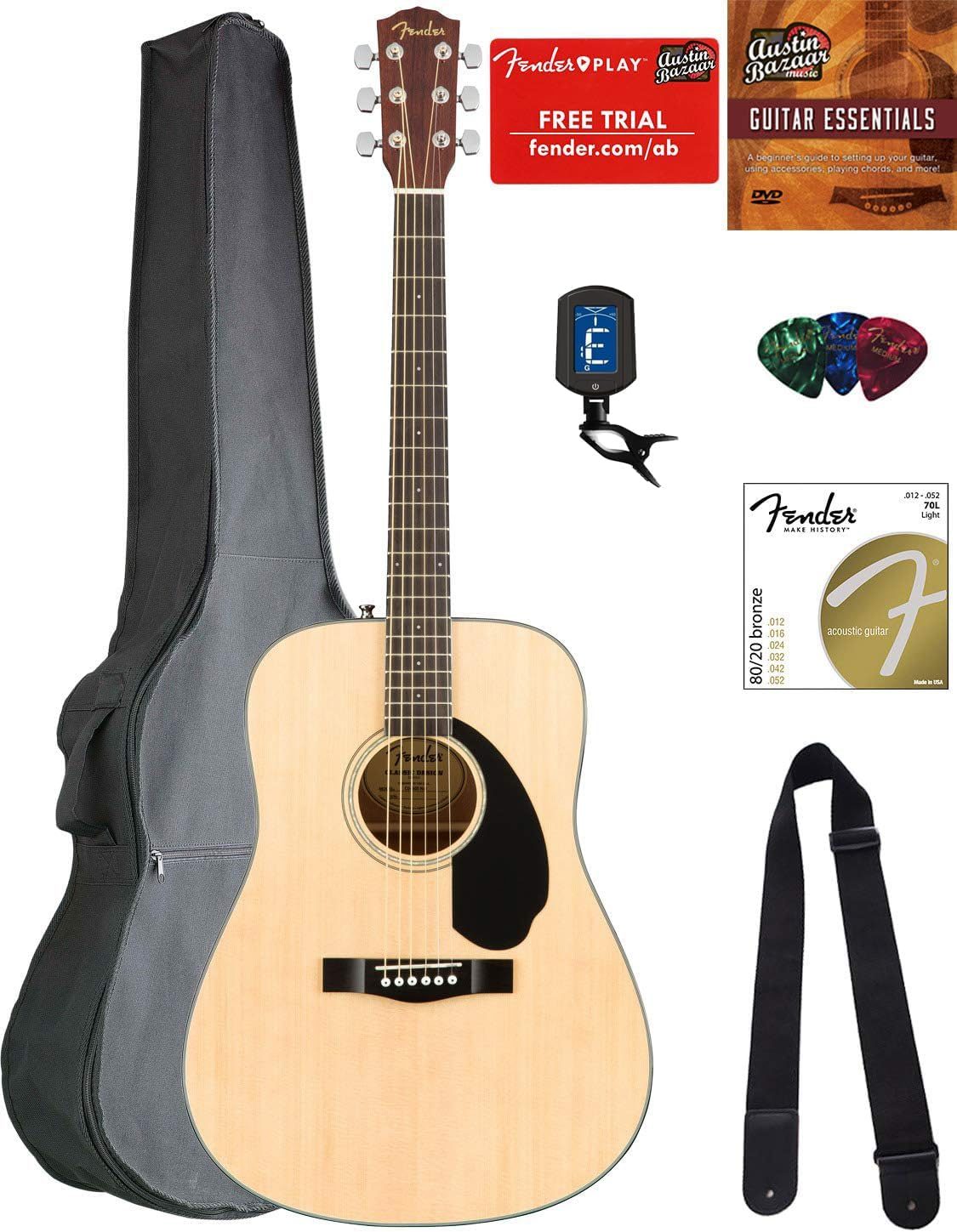
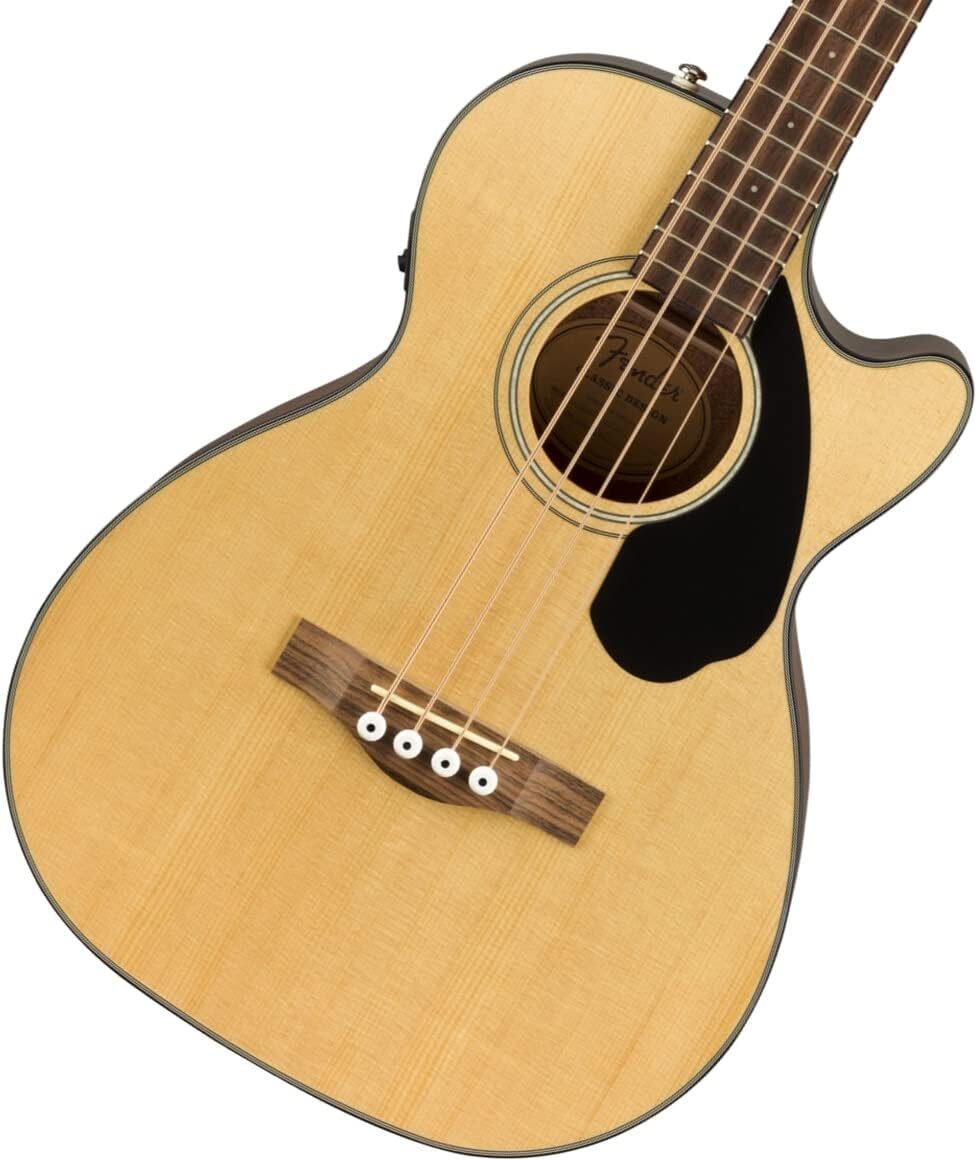
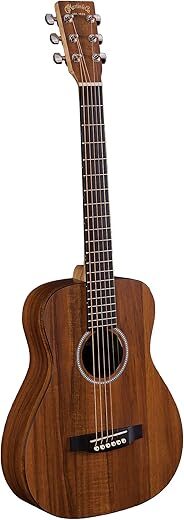
Eduardo C. –
Excelente producto!!
DefcoreDurz –
Behringer pedals don’t have the best reputation in the guitar community. Their builds tend to be clones of more expensive circuits but with cheaper materials, leading most players to disregard them entirely. Yet, the Super Fuzz finds its way onto tons of boards. Is this pedal a diamond amongst coal or another “almost there but not quite” imitation? Yes and no.
The Super Fuzz is a clone of the Boss FZ-2, a long sought after pedal that was discontinued around 1997. One of those on the secondhand market will run close to 200 bucks or more, whereas the Behringer typically goes for 30. Already winning for your wallet, but what about the sound? I’ve tested this pedal for days since receiving it and can confidently say they got it right. I mostly use Fuzz 2 (ELECTRIC WIZARD MODE), but Fuzz 1 is a nice, lighter effect for more rock-oriented playing. The boost also works just fine, bringing new life to my Waza Metalzone.
The only legit complaints I could have are common of all Behringer pedals. 9v battery life is awful and the plastic casing makes me more leery of traveling with this thing, but those are minor points when the tone this thing creates is SO DANG GOOD. A must-buy for any Doom Metalers.
Kayne –
I paid more for mine because they weren’t as easily accessible as they are now but great pedal if you’re looking for that melvins sound on guitar and heavy sound on bass
William –
This pedal is based on a discontinued Boss fuzz pedal that’s like the holy grail for doom metal. Well, this one costs 30 bucks and sounds amazing. Both fuzz modes are good and usable, and the boost is great as well. You can pretty much leave all the knobs at noon and get an excellent, doomy, fuzzed-out tone that’ll remind you of Monolord. If you are even considering fuzz, get this pedal.
Dürchke –
My first ever guitar pedal and the sound is very rich. You don’t even need an amp/preamp to boost the sound- as is the case with many lower priced pedals. Only complaint is that it didn’t include a power supply cable but I used a USB power supply and connecting it with my PC (3V USB) was enough power for it. I watched some videos on YouTube before deciding to get it and the extra lo/hi knob is definitely a plus over the HM300.
rennie richardson –
Yes the case is plastic but a rigid plastic. Not sub quality. I have played well over a hundred performances using Behringer pedals. They are solid, reliable, and sounds as good if not many time better than those of its competitors. Why spend 150 bucks for the same pedal you can get for 25. Makes no sense. I have the whole set. I use them live and in the studio. Fantastic!
Tall G. –
It’s a good compressor, does everything I need. I’m a bassist. The attack doesn’t seem to really effect it that much, but boo hoo. I love the battery at this price point. However, there is a bit of a crackling periodic beep like sound that occurs about once every couple of minutes almost randomly.
FretlessBob –
I’m fond of Behringer pedals–they work OK and can take an internal 9 Vdc battery. This was a good bargain and I’m a bit of a completist, so now I have a red one and a green one…. Complaints about the plastic housing are probably more speculative than real–unless you’re playing 300 nights a year and have a very heavy stomp, these pedals should last.
sonya ziegler –
The price on this fuzz pedal is so ridiculously low, how can you NOT get one? This is a clone of a Boss FZ-2 Hyper Fuzz, which itself is a clone of the iconic 1968 Univox Super Fuzz pedal. Experiment on how to use this pedal. Fuzz pedals need to stay at the front (beginning) of the guitar signal– so put it as your first pedal… they sound muddy and dark if you put them after other pedals in the chain, except for maybe a boost pedal. BTW, this pedal is also a boost pedal– a very cool feature that I use often with my other pedals when I don’t want a fuzz effect. The pedal has a ton of sound sculpting that I really like, unlike a lot of other fuzz pedals on the market.
Experiment with the tone knobs– they drastically affect the pedal’s sound. Also– experiment with turning your guitars volume down, the gain UP and the volume on the pedal down somewhat… this will affect the “wooliness” of the fuzz sound. Your guitars pickups will affect the sound as well. This pedal can churn out thick and sludgy with a ton of smooth low end, or it can get treble-y, velcro-ripping and nasal with an upper harmonic poking though. Another suggestion is to also get the Behringer equalizer pedal and use it in conjunction with the Super Fuzz, you can get some interesting tones that way, too. Try driving it into a phaser for some truly killer vibes. I sometimes use mine like this: Super Fuzz>phaser or delay>reverb. Pedals are all about experimentation… I switch mine up all the time to see what new voices I can create.
So what, the enclosure is plastic. It’s very hard and sturdy plastic. Unless you have an elephant stomping on it, I don’t see it ever breaking lol.
Christopher Nieman –
I’ve had this pedal on my wish list for years and finally pulled the trigger a couple of weeks ago. Surprisingly, its arrival and first use made me wonder why I waited so long. This is an absolutely killer fuzz, especially for the low price.
I have a few fuzzes that I would call ‘nasty’ fuzzes, including an Earthquaker Devices Hizumitas, which was inspired by the main fuzz used by Wata of the Japanese noise/stoner/doom band Boris. I also have something called the M-Vave Fuzz, which sounds epic when slightly starved of voltage.
The Behringer SF300 Super Fuzz is a fuzz to rival both of those. This is instant stoner doom in a single pedal. I don’t even run it with amp gain, I run it with the amp’s clean channel and it slays.
Trevor J. –
I gave this pedal 5 stars not because it’s the best pedal in the universe but what you get for the money is amazing
The housing is made of plastic, not metal so it is NOT meant to be a gigging pedal which suits me just fine
I’m not a professional musician and only play at home for personal enjoyment
I have 4 other pedals which do have metal housings but this could very quickly become my favorite due to sound options
This fuzz pedal is fantastic and if you’re careful with it and treat it gently, it should last
Hurry and grab one before the price changes or they sell out
You won’t be disappointed!
Amazon Customer –
Great Price
GS –
Not bad, for an inexpensive effects pedal. Should come with power adapter. Installing the battery is weird. You have to use a pen to push in the little tabs on each side to remove the pedal to put in the 9v battery. Doesn’t work well at all with a cry baby wah pedal linked to it. It makes a great distortion sound though.